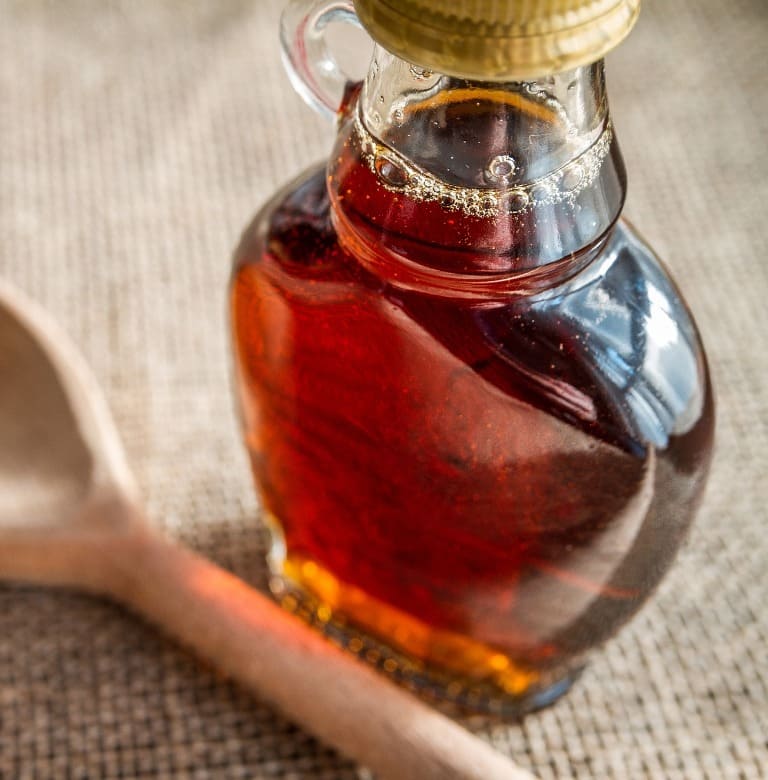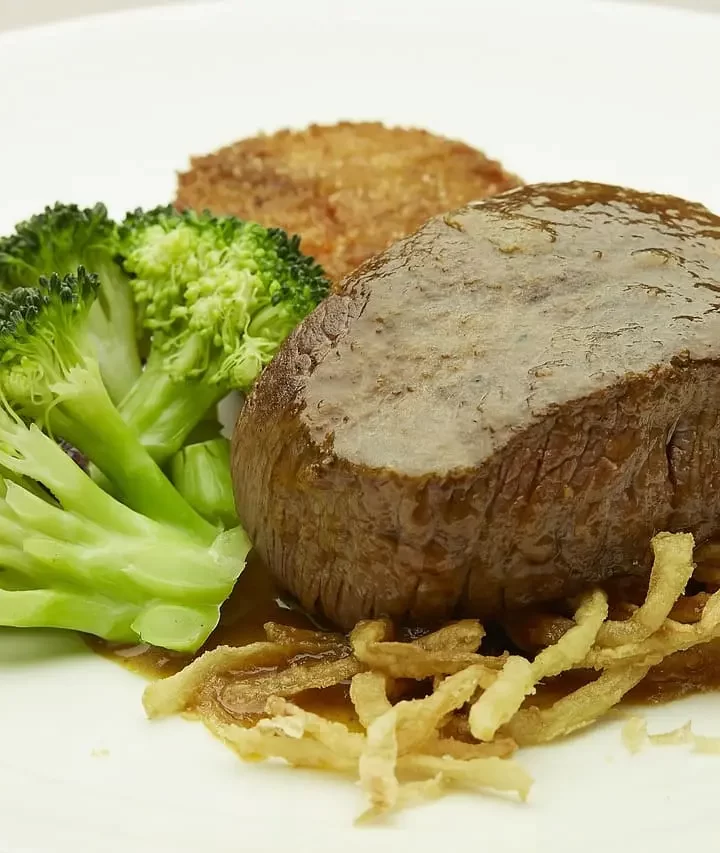Maple syrup is a timeless tradition that has been celebrated for centuries. As one of nature’s sweetest gifts, making maple syrup is fascinating and intricate. From tapping trees to collecting sap, boiling it down into syrup, and finally bottling it for consumption, this article will take you through each step of the journey.
The first step in producing maple syrup involves tapping trees. This process begins in early spring when temperatures rise above freezing during the day but drop below freezing at night. During this time, sugar maples are tapped with a spile (metal or plastic tube) that allows the sap to flow from the tree into a bucket or bag attached to it. Depending on the size of the tree, up to three taps can be placed in a single tree without causing any harm or damage.
From Tree to Table: How Is Maple Syrup Made?

Collecting Sap & Filtering It Down
Once tapped, buckets must be collected regularly throughout the season as sap only flows during certain times when temperatures are just right—usually between late February and mid-April, depending on where you live! The collected sap is then filtered down using special equipment such as reverse osmosis machines, which removes excess water and concentrates sugars for better flavor before being transferred into large tanks for storage until ready for boiling down.
Boiling Down The Sap Into Maple Syrup
After collection and filtration come boiling, an essential part of turning sap into delicious maple syrup! Boiling begins by transferring sap from tanks to evaporators, where heat is applied via wood fires or steam-powered systems, which slowly turn liquid sap into thick syrupy goodness! The amount of time needed depends on many factors, such as the temperature outside (which affects evaporation rates), type of evaporator used (wood-fired vs. steam-powered), etc., but typically takes anywhere from 6-10 hours per batch on average before being transferred off into finishing tanks ready for packaging/bottling!
Bottling & Labeling Maple Syrup
After boiling down and concentrating, it’s finally time to bottle up our delicious product! Bottles are filled with piping hot liquid gold before being capped off with lids and labeled according to grade standards set forth by regulatory bodies like USDA (United States Department Of Agriculture). Labels typically indicate information about grade level (light amber vs. dark amber vs. very dark) along with other relevant information like net weight/volume in ounces per container size, so customers can easily identify what they’re purchasing upon purchase at store shelves/online retail outlets etc.
Where To Buy & Enjoy Real Maple Syrup?
Now that we know how real maple syrup is produced let’s discuss where we can find some genuine stuff! Although widely available at supermarkets nowadays due to increased demand over recent years, there’s no shortage of local producers out there who still practice traditional methods handed down through generations past – plus you get fresher tasting varieties too often at lower prices than what’s offered commercially so worth checking out if possible near your area!. Additionally, many restaurants now offer real stuff, so if you want something authentic, don’t forget about them! Lastly, don’t forget about online retailers, as more specialty stores now offer direct shipping services, making it easier to get some authentic goodies straight from the producer’s kitchen table!
Conclusion
Making maple syrup may seem like a simple recipe, but behind every bottle lies an intricate process involving skilled craftsmanship passed down through generations past – honor their legacy next time you enjoy some genuine Canadian goodness! Whether it’s pancakes dripping with sweetness or topping off french toast – nothing quite beats good old-fashioned homemade maple syrup cooked up over open fire pits. And don’t forget to try exploring different grades too, as each one offers unique flavors ranging from light amber to very dark depending on preference – enjoy experimenting and find one that suits you best!






Leave a Reply